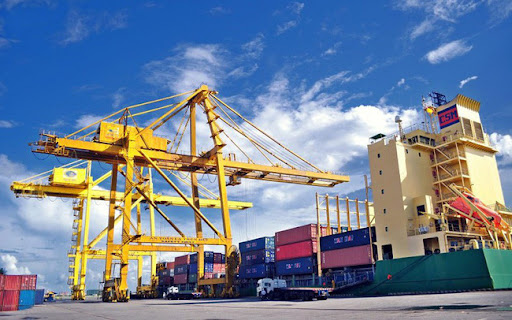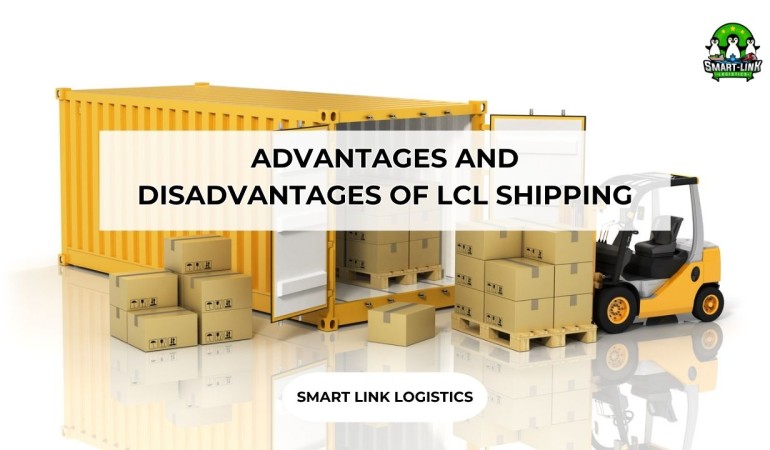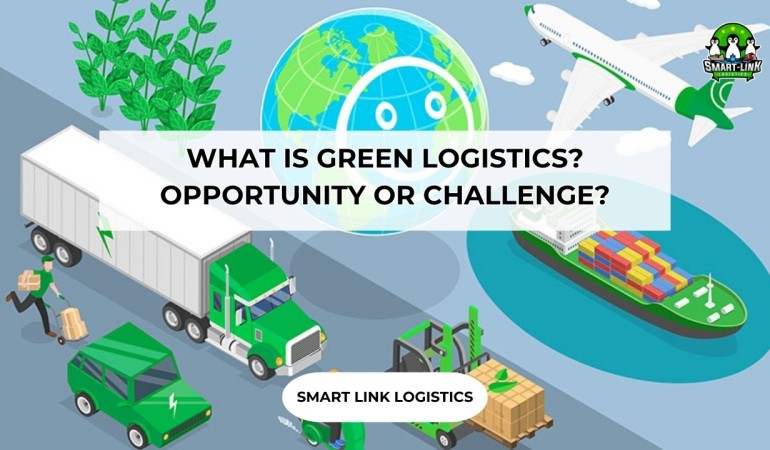
THINGS TO KNOW ABOUT TRADE BARRIERS
Many people have heard of the concept of international trade barriers, but not everyone fully understands them. This article will help clarify these barriers for you.
1. What are Trade Barriers?
Trade barriers are restrictions imposed by governments on import and export activities to protect domestic production, often by increasing costs or limiting the quantity of goods crossing borders.
2. Impact of Trade Barriers
Most notably, trade barriers restrict the export opportunities of developing countries. High-quality products from these nations often face difficulties in penetrating developed countries’ markets. The main reason is that wealthy nations typically apply high tariffs on imports to protect the interests of their domestic businesses.
Furthermore, trade barriers hinder the process of global economic integration. Developing countries not only face challenges in exporting goods but also struggle to access high-quality products from developed countries due to tariff and non-tariff barriers.
Small businesses bear the brunt of protectionist trade policies. With limited production scales and weak financial resources, small enterprises find it challenging to compete with large corporations, both domestically and internationally.

3. Common Types of Trade Barriers
3.1 Tariffs
Tariffs are taxes levied on goods crossing borders, playing an essential role in regulating import and export activities. The level of tariffs, whether high or low, affects not only the prices and volume of traded goods but also serves as a tool for governments to protect domestic production, increase state revenue, and gain leverage in trade negotiations.
3.2 Non-tariff Barriers
Non-tariff barriers are tools used by countries to protect their domestic industries. By imposing strict requirements on quality, procedures, or creating advantages for local businesses, non-tariff barriers complicate the import process, thus limiting competition and protecting market share for domestic products.
3.3 Quotas
By imposing quotas, governments can direct the flow of goods, protect domestic industries, and ensure national economic security.
4. Notes on Trade Barriers
In addition to understanding trade barriers, both businesses and customers are concerned about the ability to overcome these obstacles. To succeed, companies must carefully prepare business plans, build a strong business community, and stay informed about market conditions and import countries’ policies. Risks such as policy changes and protectionist measures should also be anticipated, with plans in place to address them.
This article hopes to provide you with an overview of trade barriers. A deeper understanding of this issue will help you make wiser business decisions, especially when participating in import-export activities.
Conclusion
We hope that the information shared by Smart Link helps readers gain a better understanding of Trade Barriers. Thank you for taking the time to follow this article! We hope that the insights provided will be helpful to both individuals and exporting companies.
Hotline: + 84 935 766 039 to know more about our services

If you require assistance with international import and export of goods, please contact our team at Smartlink Logistics. We are available to provide you with professional guidance on our services and the necessary customs procedures.
SMART LINK: BEST SERVICE BEST YOU


































